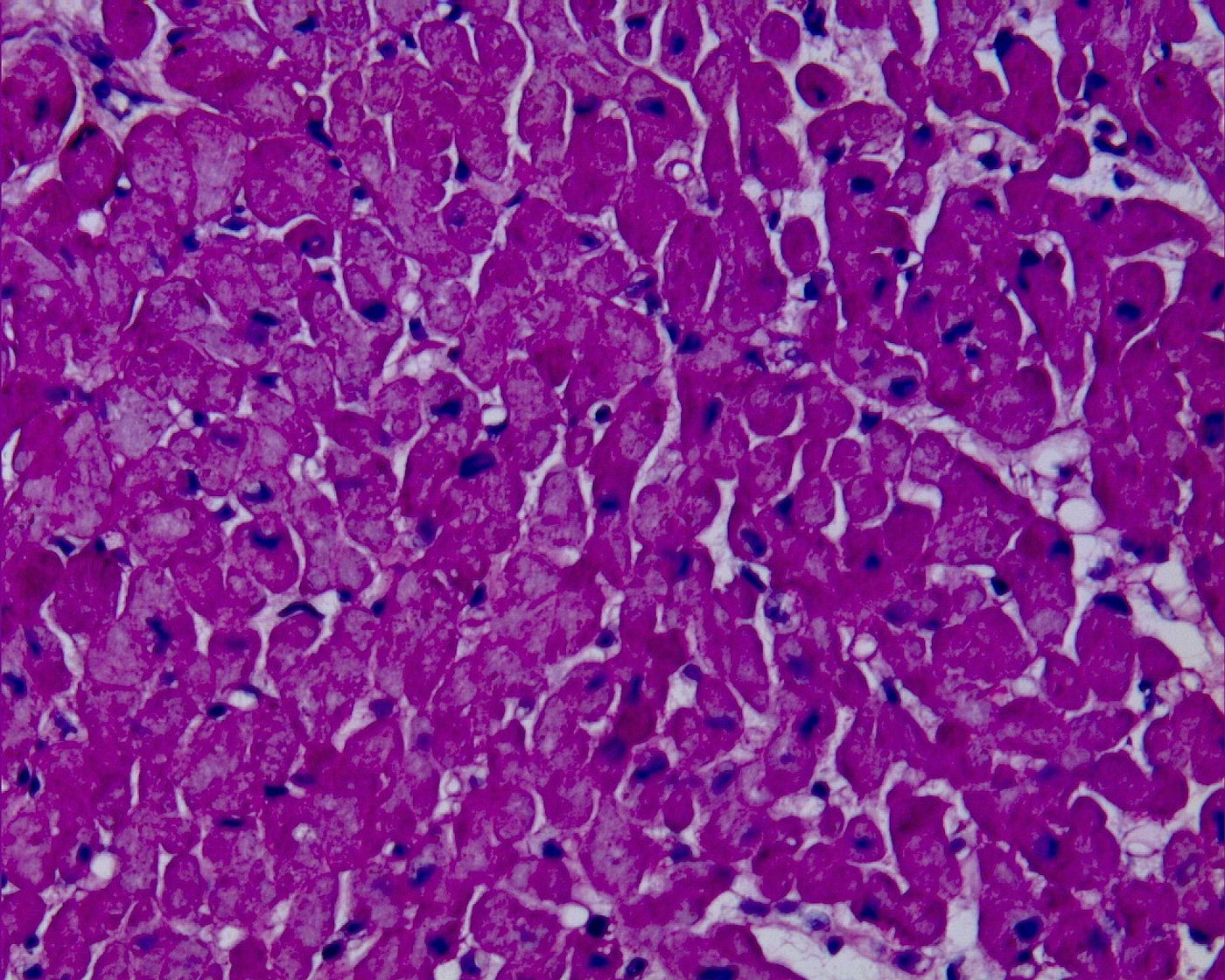Understanding Heart Disease at the Microscopic Level
Dysfunction leading to heart failure starts at the molecular level, so why are not scientists targeting this disease at the molecular level? A new study from Virginia Tech looks at doing just that, starting with the root cause of heart disease in hopes that medicine can prevent events like heart attacks and strokes from striking in the first place.
Mitochondria, the infamous “powerhouses” of the cell, are organelles that manufacture energy to help other organelles get work done. Imagine mitochondria within heart cells, cells that are part of an organ that needs more energy than nearly any other part of the body. Any mitochondrial dysfunction and a domino effect of problems makes its way past the cellular level and past the tissue level, until it reaches the organ level.
“Across many disease states, mitochondria become dysfunctional," explained Virginia Tech’s Associate Professor David A. Brown, a lifelong investigator of the human heart. "Since there are no therapies that directly improve mitochondrial function, we believe restoring cellular energy production can impact disease states."
In the case of heart disease, mitochondria are not functioning as well as their counterparts in healthy human hearts. An analysis of nearly three decades of data completed by Brown and his team confirms this finding, and it also hints at a diverse problem where different types of mitochondrial dysfunction cause different subtypes of heart disease.
Discovering faulty mitochondria in the hearts of patients with heart disease make these organelles a new target for cardiovascular disease drugs to improve the pumping ability of the heart. "If we can help the heart make energy better, there's the potential for new treatments," Brown explained.
There are a lot of differences between developed and developing countries as far as the diseases that inflict their populations, but cardiovascular disease knows no borders. A recent study published in the Journal of the American College of Cardiology predicts that be 2020, heart disease and stroke will be the leading causes of death and disability worldwide.
"There's significant potential to improve the lives of people who are suffering from heart disease," declared Brown. "The hope is we can restore heart cell function and ultimately improve treatments for people with ailing hearts."
Brown’s study was published in the journal Nature Reviews Cardiology.
Source: Virginia Tech, Journal of the American College of Cardiology









